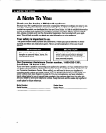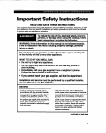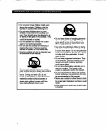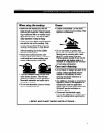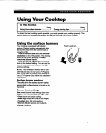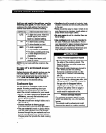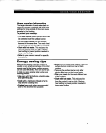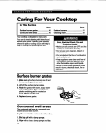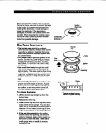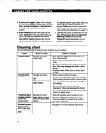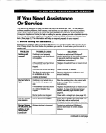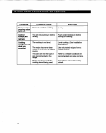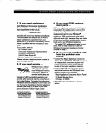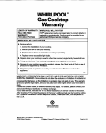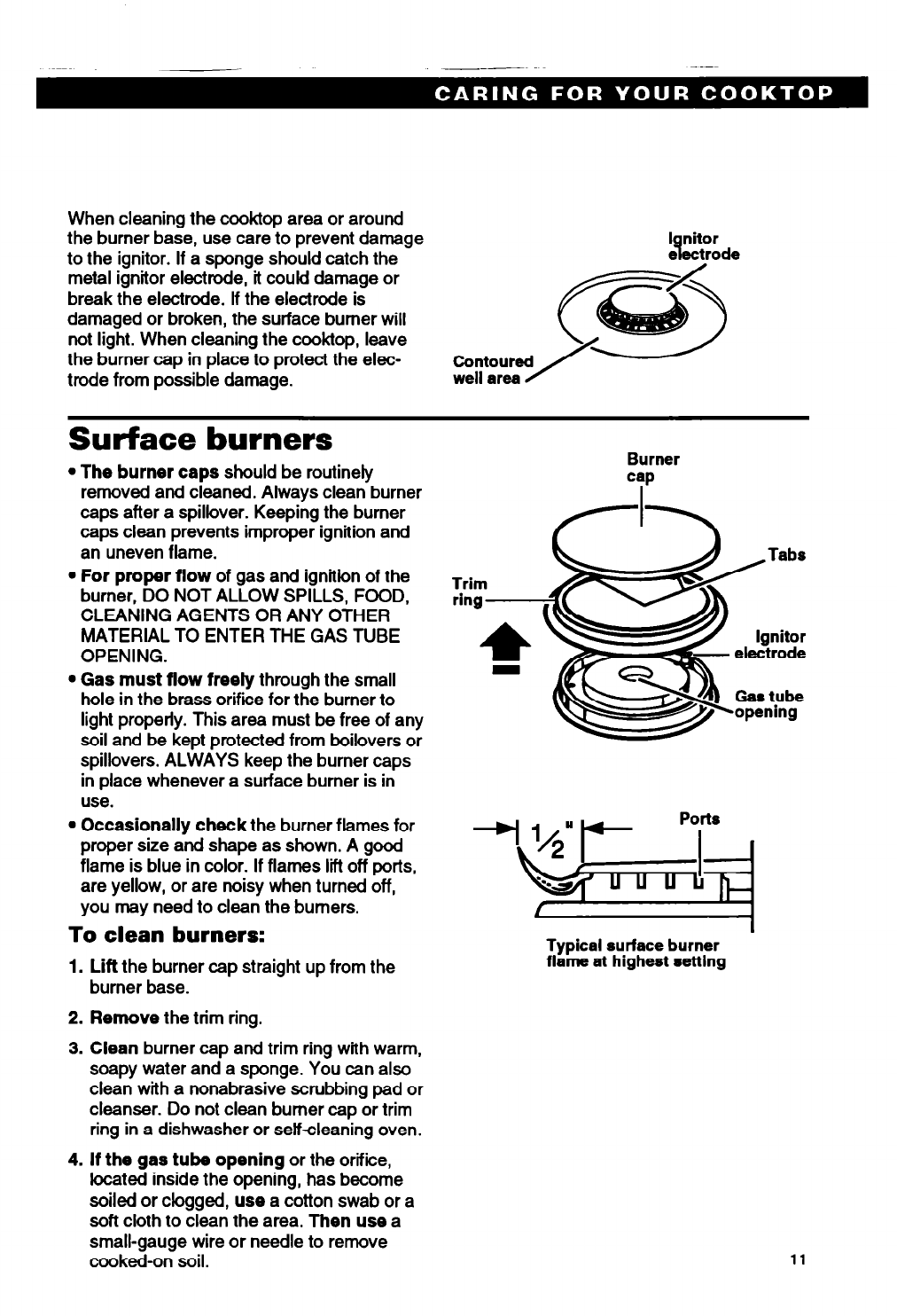
When cleaning the cooktop area or around
the burner base, use care to prevent damage
to the ignitor. If a sponge should catch the
metal ignitor electrode, it could damage or
break the electrode. lf the electrode is
damaged or broken, the surface burner will
not light. When cleaning the cooktop, leave
the burner cap in place to protect the elec-
trode from possible damage.
I nitor
e ectrode 9
Surface burners
l
The burner caps
should be routinely
removed and cleaned. Always clean burner
caps after a spillover. Keeping the burner
caps clean prevents improper ignition and
an uneven flame.
l
For proper flow
of
gas and
ignition of the
burner, DO NOT ALLOW SPILLS, FOOD,
CLEANING AGENTS OR ANY OTHER
MATERIAL TO ENTER THE GAS TUBE
OPENING.
l
Gas must flow freely
through the small
hole in the brass orifice for the burner to
light properly. This area must be free of any
soil and be kept protected from boilovers or
spillovers. ALWAYS keep the burner caps
in place whenever a surface burner is in
use.
l
Occasionally check
the burner flames for
proper size and shape as shown. A good
flame is blue in color. If flames lift off ports,
are yellow, or are noisy when turned off,
you may need to clean the burners.
To clean burners:
1. Lift
the burner cap straight up from the
burner base.
2.
Remove
the trim ring.
3. Clean
burner cap and trim ring with warm,
soapy water and a sponge. You can also
clean with a nonabrasive scrubbing pad or
cleanser. Do not clean burner cap or trim
ring in
a
dishwasher or selfcleaning oven.
4. If the gas tube opening
or the orifice,
located inside the opening, has become
soiled or clogged,
use
a cotton swab or a
soft cloth to clean the area. Then
use a
small-gauge wire or needle to remove
cooked-on soil.
Burner
cap
Tabs
-1 lgnitor
--
electrode
Gas tube
F-opening
Typical surface burner
flame at
highest oettlng
11




